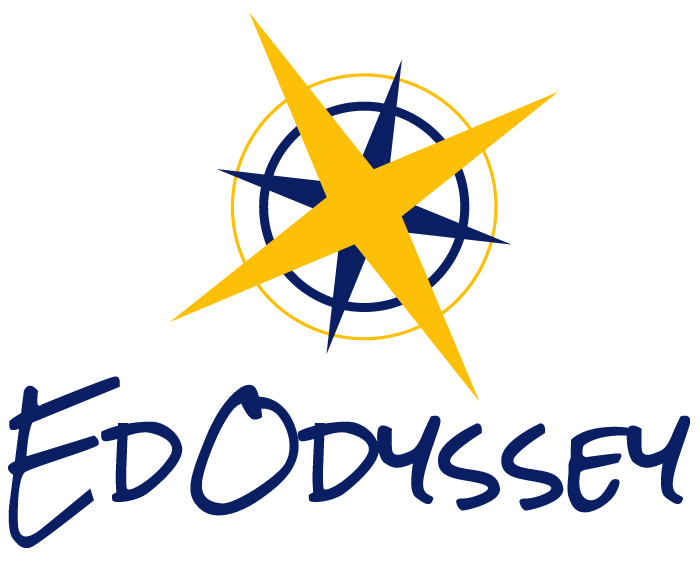Blog
Marymount University Supports Students with Medical Spanish Scholarships
The Center for Global Education at Marymount University supported their students who aspire to work in healthcare-related fields with Latinx Patient scholarships.
Cultural Modules for Medical Spanish: The Importance of Cultural Context in Treating a Latinx Patient
Anyone who speaks more than one language can tell you that vocabulary and terminology are not the only things that change when communicating with someone in a different tongue: cultural knowledge and context are crucial to effective and accurate communication. This is certainly true for many Latinx communities in the United States. Along with the English-Spanish language barrier, cultural differences and fear of cultural misunderstandings also hinder communication for Latinx people and can make reaching out for help especially difficult.
How Medical Spanish & Latinx Patient Knowledge Supports Healthcare Students & Professionals
Learning medical terminology in Spanish will help YOU serve OTHERS to ensure their health and safety. Multilingualism is becoming increasingly recognized as vital within healthcare and fields requiring professionals to understand medical needs of hispanic populations.
Understanding Why Medical Spanish and Hispanic Cultural Knowledge Matters in Healthcare
The need for Spanish speaking professionals continues to rise, and students and professionals who want to prepare for the future of healthcare will require training that combines language, culture and best practices.
Search previous blogs here.


